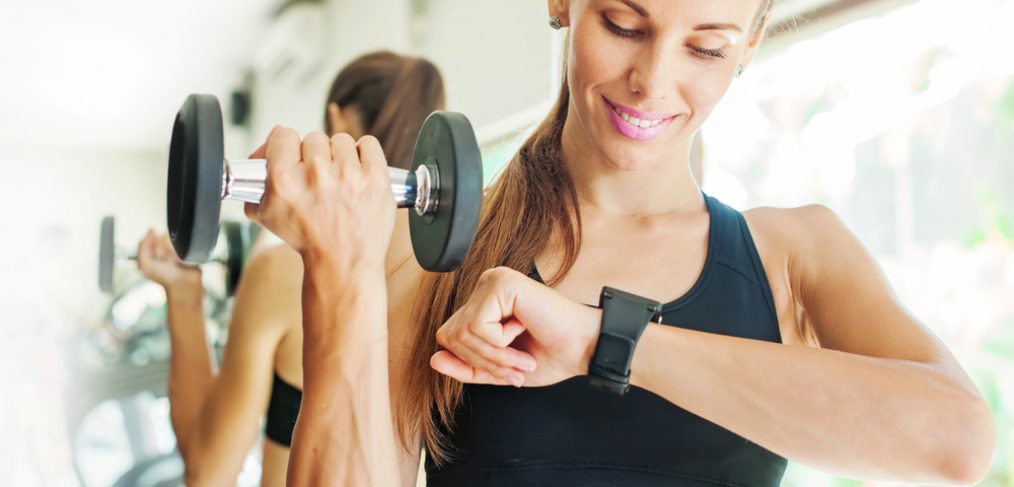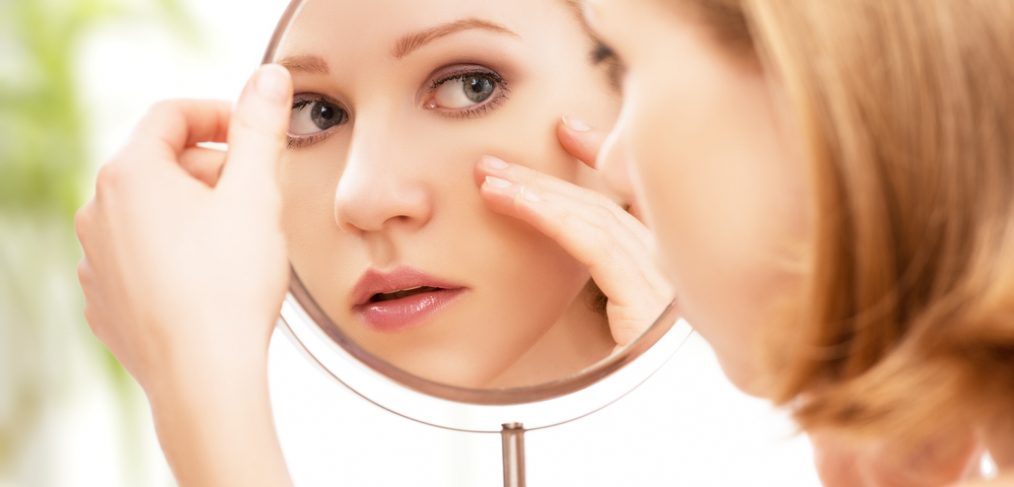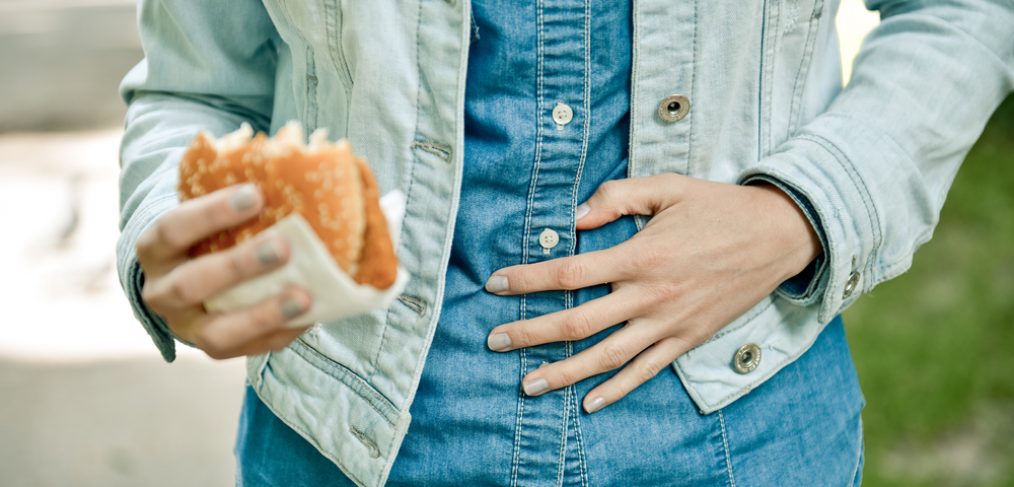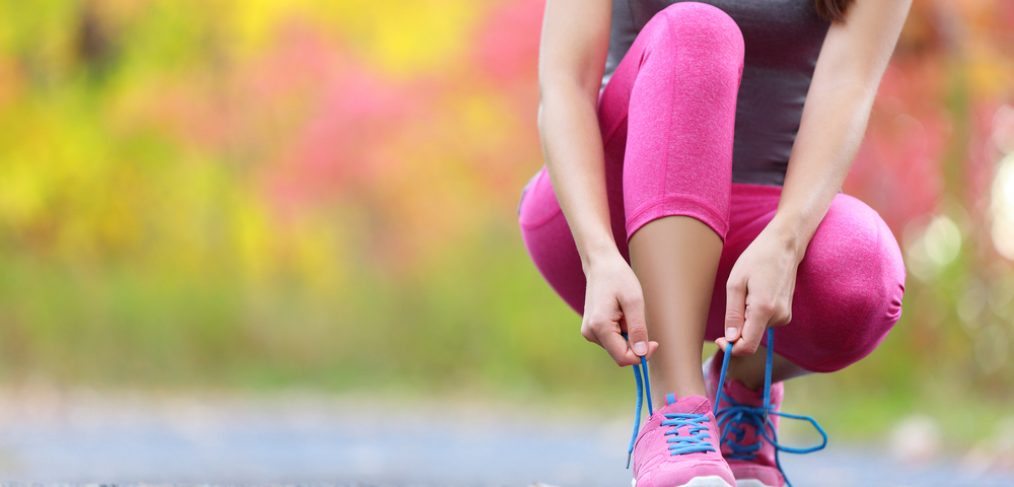Celia Rivenbank, author of “Stop Dressing Your Six-Year-Old Like A Skank: And Other Words Of Delicate Southern Wisdom, cites the derivation of the word carbohydrates as, “from the Latin, carbo, which means “yummy” and hydrates which means “cinnamon bun.” and allows that they “are not something I can eliminate or even drastically cut back on.” While many of us may echo this sentiment, food science dictates that the term carbohydrates represents any food that is rich in the complex carbohydrate starch, or simple carbohydrates like sugar. Put the two definitions together and you get bad news for someone who is trying to lower his or her glucose level.
When it comes to controlling blood glucose levels, counting carbohydrates works the best of any system, including counting calories and avoiding sugar. This is because carbohydrates are what are responsible for rising glucose levels right after meals. If you take insulin, counting carbs allows you to match the doses of insulin to the foods you eat, providing for greater dietary flexibility and countering post meal lows and highs. A study done by the Texas School of Allied Health sciences found that people who ate regulated amounts of carbohydrates lowered their blood glucose level by 55 ml/dl.
Carb Counting 101
Read Labels
Luckily, the FDA requires manufacturers to list nutritional information and ingredients on food labels, including carbohydrates. Total carbohydrate represents everything in the food that is carbohydrate including starch, fiber, sugar, and sugar alcohol. Look at the number next to the g (grams). The percentage that follows is not relevant to carb counting. For a most accurate reading, subtract the fiber grams from the carb count because fiber does not raise blood glucose and subtract half the grams of sugar alcohol because sugar alcohols affect glucose levels half as much as other carbs. Also, remember to adjust for servings.
Check Listings
If you are buying foods such as fresh fruit and vegetables that do not carry a label, printed and electronic nutrient listings are available in booklet form, as downloads and on the internet. They can also be downloaded to a personal digital assistant, so you can have access to nutritional information in grocery stores and restaurants.
Estimate Portions
Portion conversion is a method involving estimating the serving of food by comparing it to a common object. For example, you know that a cup of cooked pasta has about 40 grams off carbs. You estimate that the portion on your plate in 1 1/2 cup by comparing it to a 12 oz. soft drink can.
Here are some handy measuring devices: The fist of an average adult is equal to one cup, a child’s fist is equal to a half cup, a deck of cards is equal to 1/3 cup, and a 12 ounce soda can is equal to 1 1/2 cups. Of course, it this tool works best when you have the objects in front of you, but with practice, you will find that you can eyeball it down fairly accurately.
If you are monitoring your glucose level, we hope this has been helpful. Let us know how you do it! Good luck and good health! We love to hear from you, as always!













